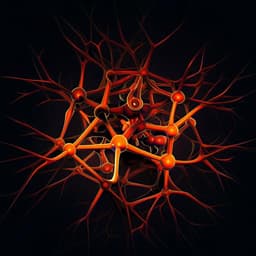
Medicine and Health
Cell type specific transcriptomic differences in depression show similar patterns between males and females but implicate distinct cell types and genes
M. Maitra, H. Mitsuhashi, et al.
Explore the intriguing world of Major Depressive Disorder (MDD), a complex psychiatric illness influenced by diverse brain cell types. This groundbreaking research by Malosree Maitra and colleagues reveals significant gender disparities in gene expression related to MDD, highlighting specific cell contributions in males and females. Discover how these findings could reshape our understanding of MDD treatment.
Playback language: English
Related Publications
Explore these studies to deepen your understanding of the subject.







